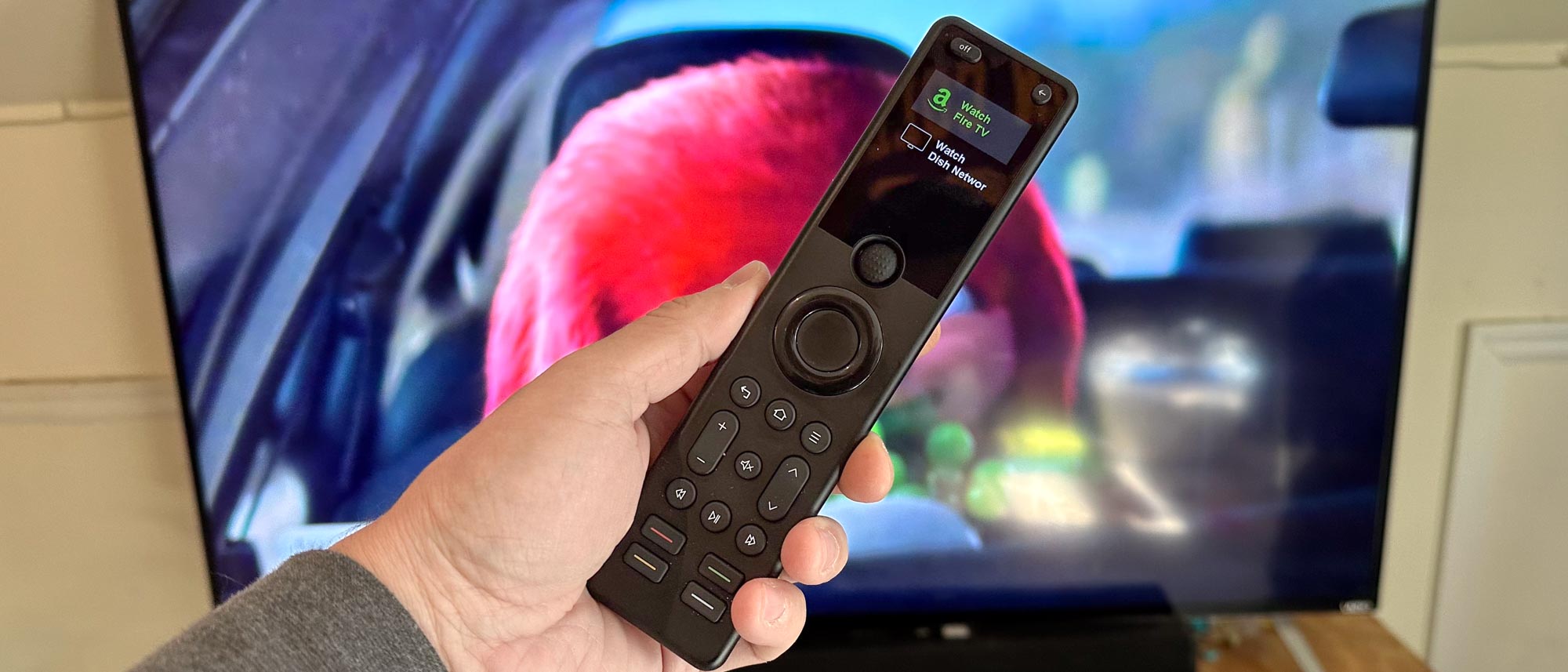Tom's Guide Verdict
The SofaBaton X1S is the best universal remote since Logitech discontinued its Harmony remotes. SofaBaton has greatly improved the setup process, making it a lot more intuitive. However, the remote still has very limited smart home controls.
Pros
- +
Controls up to 60 devices
- +
Easier setup than earlier models
- +
Backlit keys
Cons
- -
Very limited smart home controls
Why you can trust Tom's Guide
Devices Controlled: 60
Favorite Channels: n/a
Smart Home Controls: Yes (but limited)
Mobile App: Yes (iOS, Android)
Wireless: Wi-Fi, Bluetooth, Infrared
Smart home compatibility: Alexa, Google Assistant
Size: 7.7 x 1.9 x 1.2 inches
When Logitech discontinued its Harmony universal remotes several years ago, there was no clear successor for those who needed a device to control all of their home entertainment system. Into the breach stepped SofaBaton, and while its earlier attempts needed some work, its newest model, the SofaBaton X1S, comes the closest yet to what we’ve been missing.
The biggest improvement, in my opinion, has been the setup process, which is now much more intuitive. Coupled with a refined remote design and ability to control even more products, the SofaBaton X1S is now the best universal remote to beat. But, you’ll want to check out the rest of my review to see if it’s right for your home setup.
SofaBaton X1S review: Price and availability
The SofaBaton X1S was released in January 2024, and at the time this review was originally published (May 2024), it was available for $189 on Amazon. Its predecessor, the SofaBaton X1, has been discounted to $150.
SofaBaton X1S review: Design
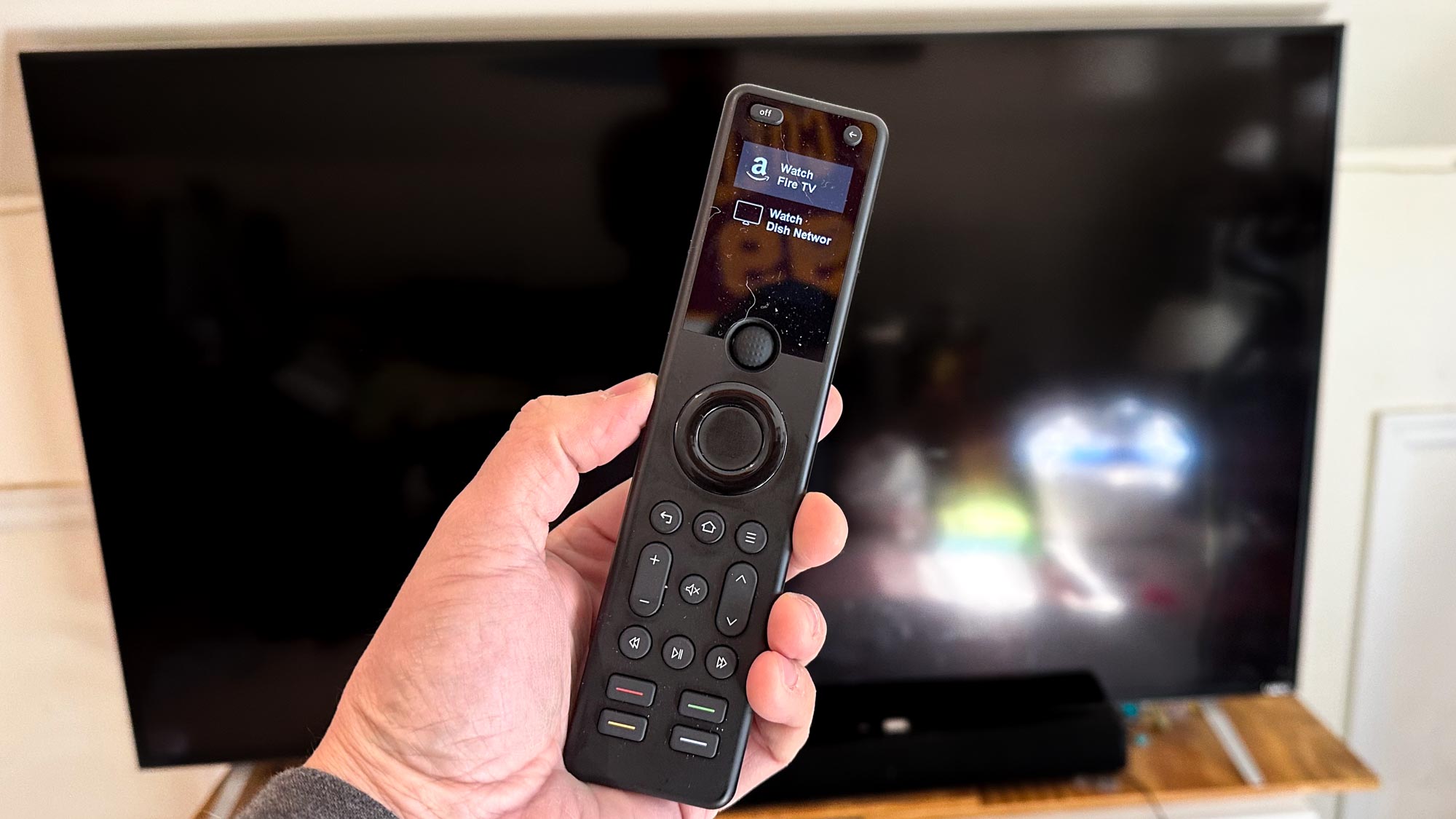
The X1S remote is practically identical to the X1. It looks like an elongated candy bar, and is closer in design to the now-discontinued Caavo Control Center’s remote rather than anything from Logitech’s now-discontinued lineup (universal remotes are hard!). Despite its rectangular shape, it’s comfortable to hold, as the bottom edges are rounded, so it fits more easily into your hand. Another nice touch are the backlit keys, which go dark until you hold the remote.
At the top of the front is a small OLED display that’s much nicer than the X1’s. Below that is a nubby scroll wheel that lets you cycle through the on-screen menus; below that is a circular D-Pad similar to what you’ll find on a Fire TV or Apple TV remote.
Further below are the standard remote buttons, such as volume control, Home, Menu, and Back. In a nod to traditional cable remotes, you’ll also find four color buttons at the very bottom: red, yellow, blue, and green.
The remote strikes a good balance of buttons: There’s enough so that you don’t feel like you’re missing anything, but not so many that you have to hunt for the right button to press. Perhaps the only button I would have liked to have seen was a Record button.
The X1S has a built-in battery that’s recharged by connecting the remote to a USB-C plug.
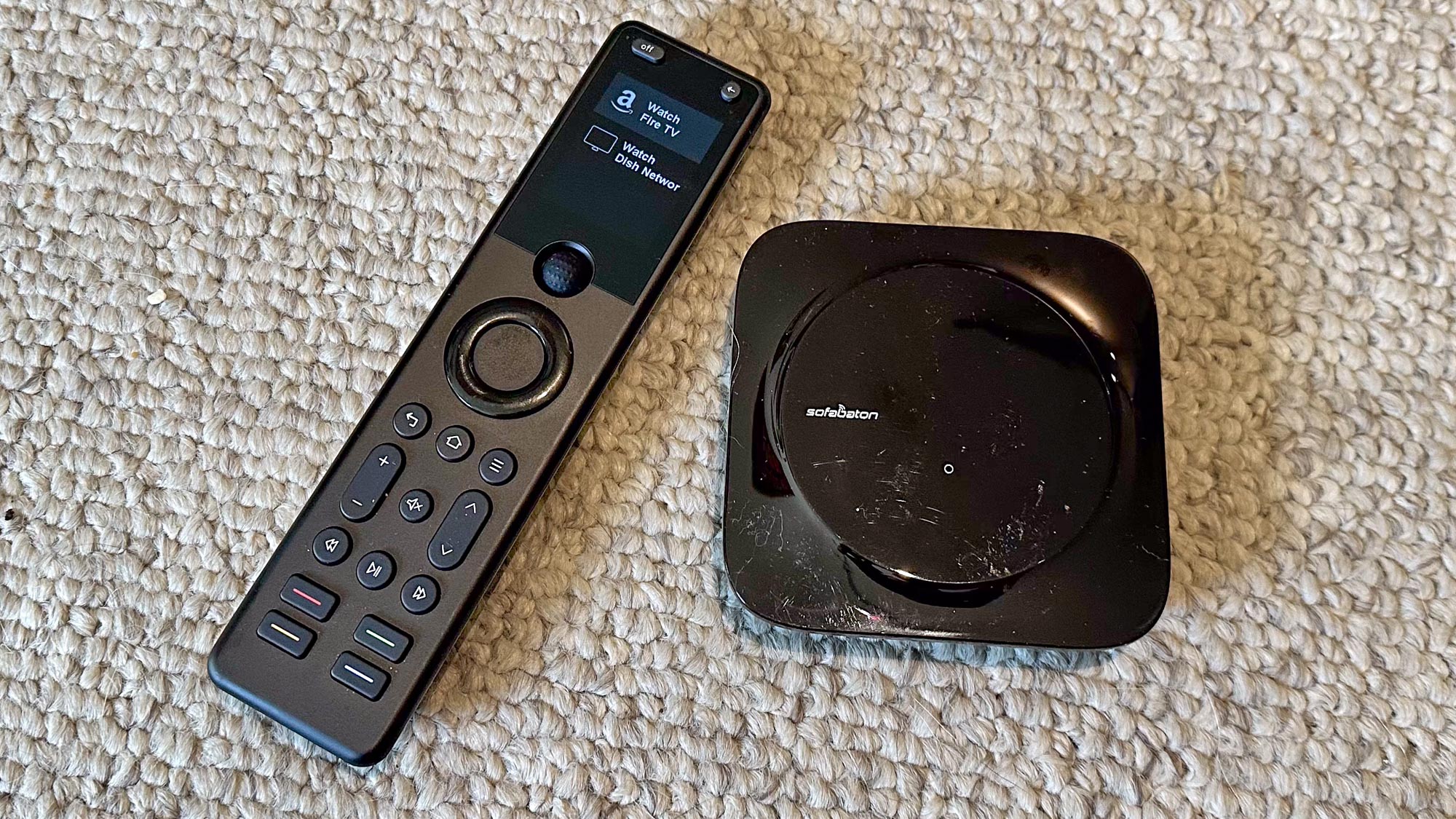
Like the X1 and Harmony remotes, the X1S also comes with a small square hub, so you can stash it away with all the rest of your A/V equipment, if you’re going for a clean aesthetic. The hub has two ports for IR blasters, which SofaBaton thoughtfully includes.
SofaBaton X1S review: Setup and performance
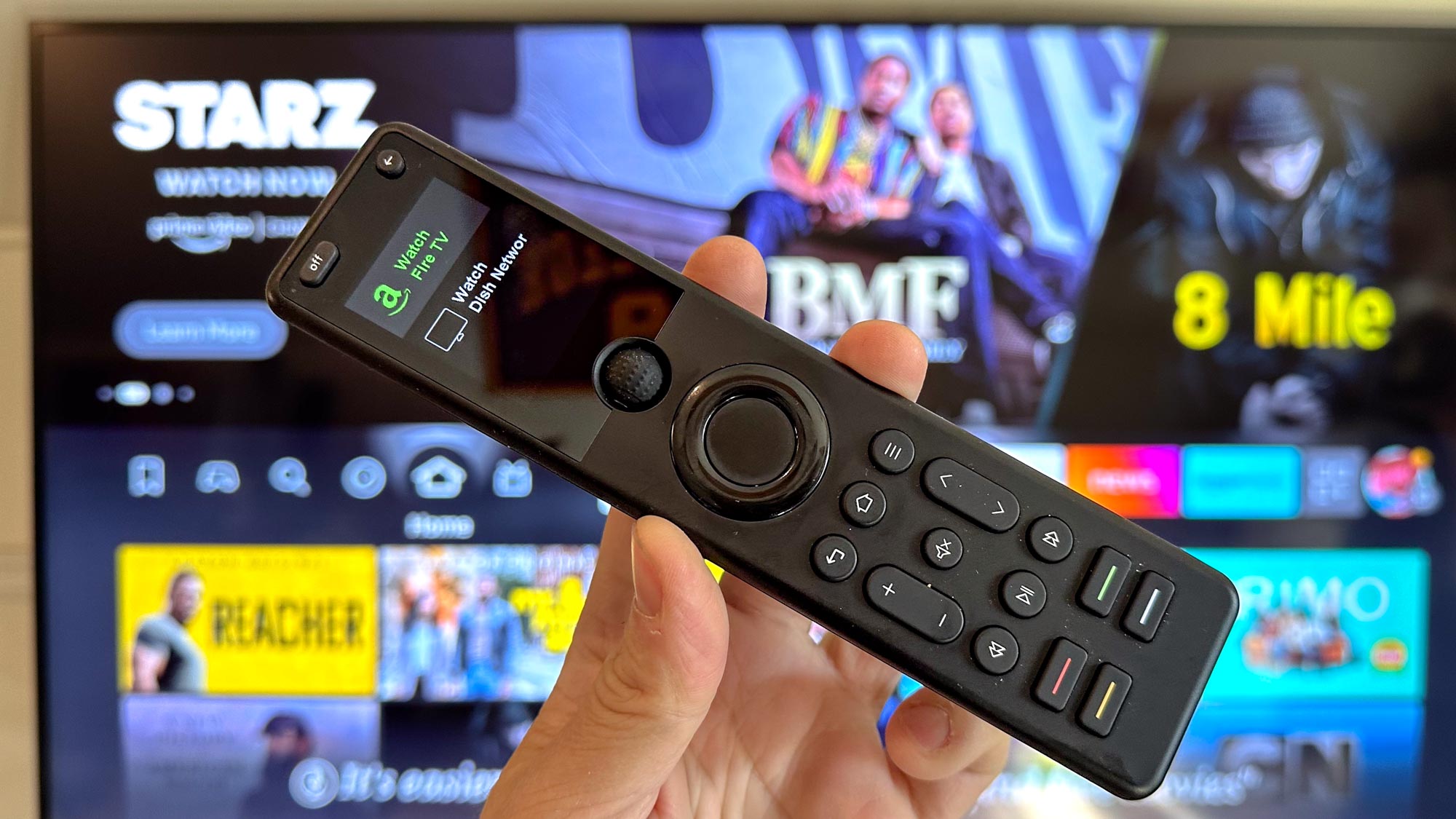
One of the biggest issues I’ve had with all SofaBaton remotes has been their setup process; it’s been a chore to make sure everything works the way it should. Thankfully, things went much smoother with the X1S. While there were a few hiccups, the app was much more intuitive to use this time around. I’d say I had most things ironed out within about 30-45 minutes of setting up the remote.
SofaBaton’s database is not only much larger than when I last tested its remotes, but it’s a lot easier to search for the correct TV, soundbar, or streaming device. And when a command doesn’t work, it’s much smarter about learning the correct input.
Also much simpler this time around was programming activities. I set up the X1S to control a Vizio TV, Dish TV Joey, Amazon Fire TV Cube, and an AmazonBasics soundbar. The entire setup process takes place in the SofaBaton app, which was much clearer in telling me what I needed to do, though occasionally there were instructions like “you only need to learn the commands that you need.”
Although this is rather anecdotal, I also feel like the X1S is snappier in sending commands than SofaBaton’s other remotes. It’s been a while since I tested the older models, but it just seemed like my TV was responding faster when I was pressing buttons.
New for the X1S is the ability to control Wi-Fi-connected devices, though at the time of this writing, it was limited to Sonos, Roku, and Philips Hue. And even that is pretty limited: After connecting my Philips Hue lights, I found the most I could do was turn lights on or off, so you can forget about changing colors or dimming.
You can also connect the X1S to Alexa and Google Assistant so you can issue voice commands rather than pressing a button on the remote. However, this too is a bit limited, as you’ll need a smart speaker (there’s no microphone in the X1S) and you can only issue commands to start activities, like “watch Apple TV.”
SofaBaton X1S review: Verdict
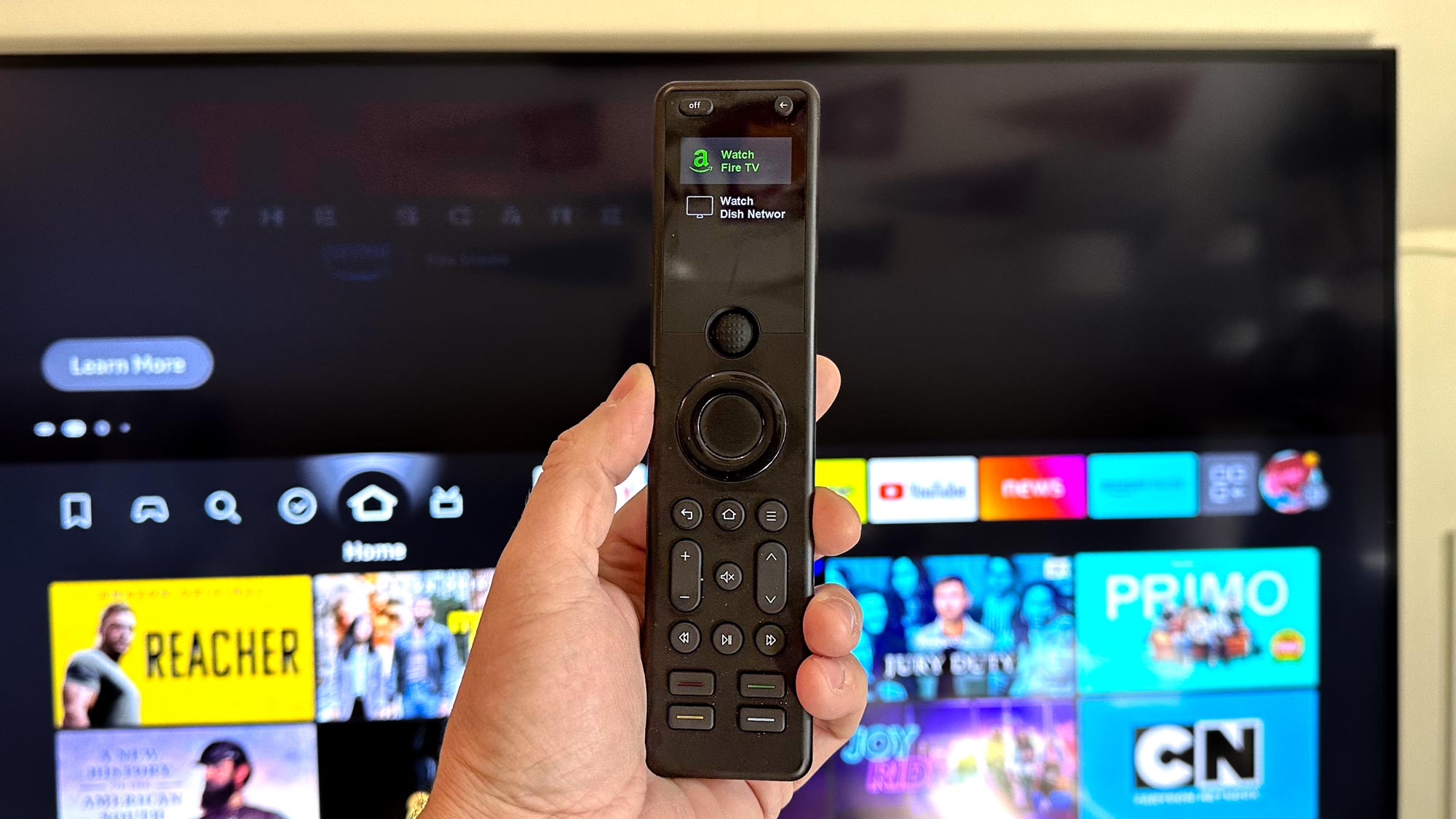
For those who need a universal remote and don’t want to spend the money on a professional installer, the SofaBaton X1S is the best option out there. It’s comfortable to hold and to use, works well, and perhaps most importantly, is much easier to set up than previous models. Perhaps the only knock when compared to the Harmony Elite is that the X1S doesn’t have any smart home controls worth using. Other than that, the X1S is now the best universal remote on the market.

Michael A. Prospero is the U.S. Editor-in-Chief for Tom’s Guide. He oversees all evergreen content and oversees the Homes, Smart Home, and Fitness/Wearables categories for the site. In his spare time, he also tests out the latest drones, electric scooters, and smart home gadgets, such as video doorbells. Before his tenure at Tom's Guide, he was the Reviews Editor for Laptop Magazine, a reporter at Fast Company, the Times of Trenton, and, many eons back, an intern at George magazine. He received his undergraduate degree from Boston College, where he worked on the campus newspaper The Heights, and then attended the Columbia University school of Journalism. When he’s not testing out the latest running watch, electric scooter, or skiing or training for a marathon, he’s probably using the latest sous vide machine, smoker, or pizza oven, to the delight — or chagrin — of his family.
